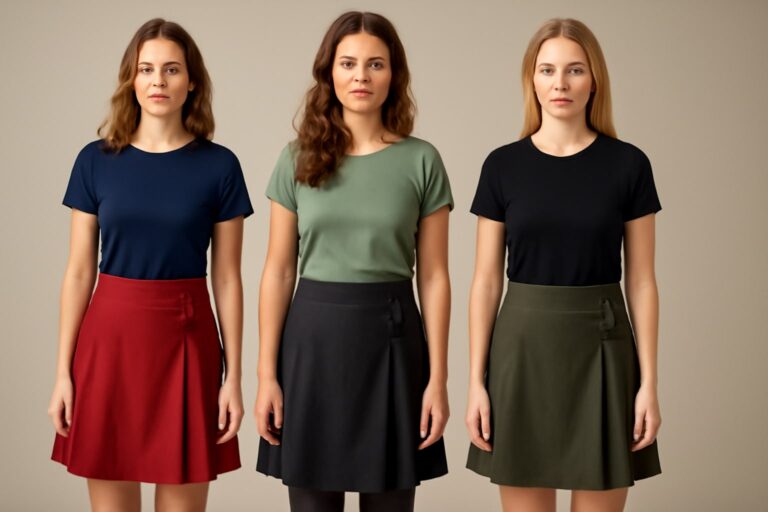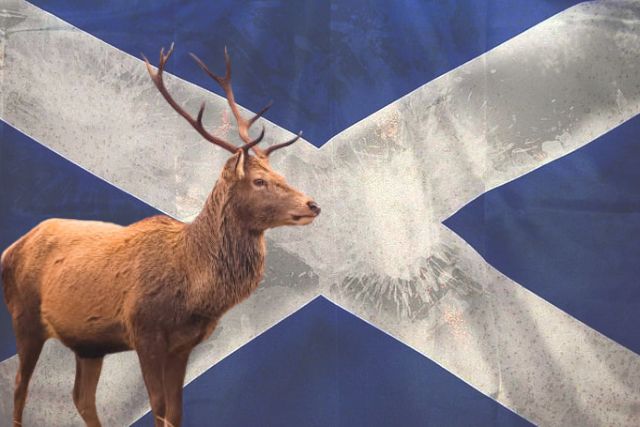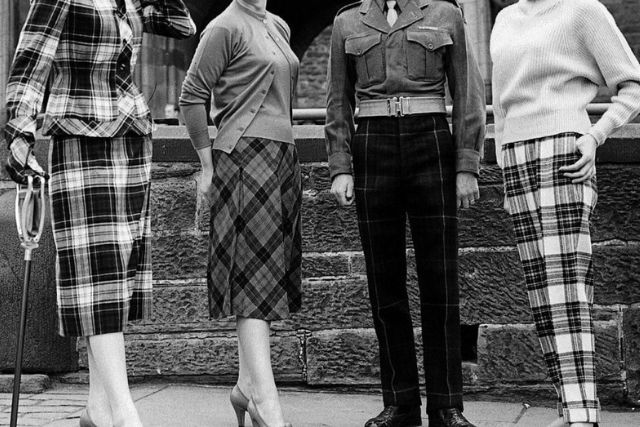While some may argue that the yard measurement is insignificant when it comes to kilts, it is crucial to understand the differences between 5 yard and 8 yard kilts. We are provide a detailed and analytical comparison of these two styles, highlighting factors such as fabric options, pleating effects, comfort, mobility, price, and durability.
By delving into these aspects, readers will gain valuable insights into choosing the right kilt that meets their preferences and requirements.
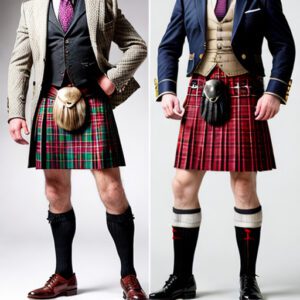
Understanding the Yard Measurement
- To gain a comprehensive understanding of the yard measurement, it is essential to grasp its historical significance and its practical applications in various industries.
- The yard is a unit of length commonly used in the United States and other countries that follow the Imperial system of measurement. It is equivalent to 3 feet or 36 inches.
- Historically, the yard has been derived from the length of a person’s arm, from the fingertip to the shoulder. This measurement has been used for centuries and continues to be relevant in industries such as construction, textiles, and manufacturing.
- The yard kilt, on the other hand, refers specifically to the measurement used in the creation of traditional Scottish kilts. While the yard and yard kilt share the same unit of measurement, the difference lies in their specific applications and contexts.
Traditional Vs Modern Styles
The traditional style of kilts and the modern style differ significantly in their design and aesthetic appeal. Traditional kilts are typically made from a single piece of fabric, usually tartan, and are pleated at the back, with the pleats stitched down to the hip. They are usually worn with a sporran, a traditional pouch worn at the front, and a kilt pin to hold the apron in place.
On the other hand, modern kilts have evolved to include various styles and materials. They can be made from different patterns and fabrics, such as denim or leather. Modern kilts also offer more versatility in terms of length and fit, with options like the ‘utility kilt‘ which includes pockets and other practical features. Additionally, modern kilts often have adjustable waistbands and fastenings, allowing for a more comfortable and customizable fit.
The choice between traditional and modern styles ultimately depends on personal preference and the occasion for which the kilt is being worn.
Fabric Options for 5 Yard Kilts
Several fabric options are available for 5 yard kilts, allowing individuals to choose the material that best suits their preferences and needs.
Here are four fabric options commonly used for 5 yard kilts:
- Wool: Known for its durability and warmth, wool is a popular choice for traditional kilts. It provides excellent insulation and is suitable for colder climates.
- Tartan: Tartan fabric is woven with specific patterns and colors to represent different Scottish clans. It adds a touch of tradition and heritage to any 5 yard kilt.
- Cotton: Cotton kilts are lightweight and breathable, making them ideal for warmer weather or casual occasions. They offer comfort and ease of movement.
- Polyviscose: This fabric blend combines the durability of polyester with the softness and drape of viscose. It is often chosen for its affordability and easy maintenance.
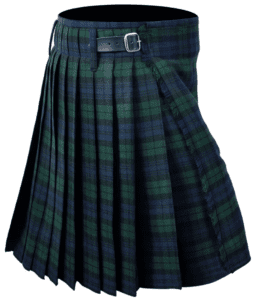
When choosing a fabric for a 5 yard kilt, it is important to consider factors such as climate, occasion, and personal preferences to make the best decision.
Fabric Options for 8 Yard Kilts
Wool, tartan, cotton, and polyviscose are among the fabric options available for 8 yard kilts. Wool is a popular choice for its durability, warmth, and traditional appeal. It is often made from high-quality materials, such as pure new wool or tweed, ensuring the kilt’s longevity. Tartan, on the other hand, refers to the pattern woven into the fabric rather than the fabric itself. It is a symbol of Scottish heritage and can be made from various materials, including wool, cotton, or polyester.
Cotton kilts are lightweight and breathable, making them ideal for warmer climates. Lastly, polyviscose kilts are a blend of polyester and viscose, offering a more affordable option without compromising on quality.
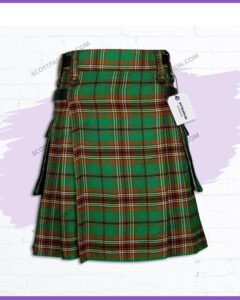
Ultimately, the choice of fabric for an 8 yard kilt depends on personal preference, intended use, and budget.
How the Yardage Affects Pleating
Yardage significantly influences the intricacy and volume of pleating in a kilt. The amount of fabric used in the construction of a kilt determines the number and depth of pleats that can be achieved.
Here are four ways in which yardage affects the pleating of a kilt:
- Intricacy: A higher yardage allows for more pleats, resulting in a more intricate and detailed pleating pattern. This can enhance the overall aesthetic appeal of the kilt.
- Volume: With more fabric, the pleats can be deeper, creating a fuller and more voluminous look. This adds a sense of grandeur and elegance to the kilt.
- Movement: A greater yardage enables the pleats to move and sway more freely, adding fluidity and grace to the wearer’s movements.
- Durability: Additional fabric in an 8 yard kilt ensures that the pleats retain their shape and structure over time, making it a more durable and long-lasting garment.
The yardage chosen for a kilt is therefore a crucial factor in determining the level of intricacy, volume, movement, and durability of its pleating.
Comfort and Mobility of 5 Yard Kilts
- With a focus on the comfort and mobility of wearers, the 5 yard kilts provide a suitable option for those seeking a balance between traditional style and ease of movement.
- The 5 yard kilts are designed to offer a comfortable fit without compromising on the traditional look. The lighter weight of the fabric used in these kilts allows for better airflow and breathability, ensuring that wearers stay cool and comfortable throughout the day.
- Additionally, the 5 yard kilts are tailored to allow for easy movement, providing wearers with the freedom to walk, sit, and perform various activities without any restrictions.
- The construction of these kilts takes into consideration the wearer’s comfort, making them an excellent choice for individuals who value both style and functionality.
Comfort and Mobility of 8 Yard Kilts
- When wearing an 8 yard kilt, individuals can experience enhanced comfort and improved mobility due to the additional fabric and construction of the garment.
- The 8 yard kilt is made with twice as much fabric as the traditional 5 yard kilt, allowing for a fuller and more flowing appearance. This additional fabric not only adds to the aesthetic appeal but also provides extra comfort.
- The 8 yard kilt also features deeper pleats, which allow for greater flexibility and ease of movement. The construction of the 8 yard kilt ensures that it sits comfortably on the hips while providing ample room for the legs to move without any restrictions.
Price Comparison: 5 Yard Vs 8 Yard Kilts
In terms of pricing, there are notable differences between 5 yard and 8 yard kilts. The cost of a kilt is determined by various factors such as the quality of the fabric, the intricacy of the design, and the brand.
Generally, 8 yard kilts tend to be more expensive than 5 yard kilts. This is because 8 yard kilts require more fabric to create, resulting in higher production costs. Additionally, 8 yard kilts are often made from higher quality materials, such as 100% wool, which adds to their price. On the other hand, 5 yard kilts are usually made from lighter weight fabrics, such as poly viscose, which makes them more affordable.
Durability and Longevity of 5 Yard Kilts
The durability and longevity of 5 yard kilts can be attributed to the quality of the fabric and the craftsmanship involved in their construction. Here are four reasons why these kilts are known for their longevity:
- Quality Fabric: 5 yard kilts are typically made from high-quality materials such as wool or tweed, which are known for their durability. These fabrics are resistant to wear and tear, ensuring that the kilt will last for years to come.
- Expert Craftsmanship: The construction of a 5 yard kilt involves meticulous attention to detail by skilled artisans. Each pleat is carefully sewn, ensuring that the kilt maintains its shape and structure over time.
- Reinforced Seams: The seams of a 5 yard kilt are reinforced to withstand regular use and prevent unraveling. This ensures that the kilt remains intact even with frequent movement and wear.
- Maintenance: Proper care and maintenance are essential for the longevity of any garment. Regular dry cleaning, storage in a kilt hanger, and minor repairs when needed can help extend the lifespan of a 5 yard kilt.
With these factors combined, 5 yard kilts are designed to withstand the test of time, making them a reliable and durable choice for those seeking a long-lasting traditional garment.
Durability and Longevity of 8 Yard Kilts
Constructed with high-quality fabric and expert craftsmanship, 8 yard kilts offer exceptional durability and longevity. The additional fabric used in the construction of an 8 yard kilt provides a sturdier and more robust garment compared to its 5 yard counterpart. The extra material allows for greater pleating, resulting in a kilt that retains its shape and structure over time.
The weight and thickness of the 8 yard kilt fabric also contribute to its durability, making it more resistant to wear and tear. Furthermore, the meticulous craftsmanship involved in creating an 8 yard kilt ensures that every seam is reinforced and every detail is carefully executed, further enhancing its longevity.
With proper care and maintenance, an 8 yard kilt can withstand years of use and continue to look as good as new.
Frequently Asked Questions
What Is the Average Cost Difference Between a 5 Yard Kilt and an 8 Yard Kilt?
The average cost difference between a 5 yard kilt and an 8 yard kilt is influenced by various factors such as the type of fabric, design intricacy, and the craftsmanship involved. These factors contribute to variations in pricing within the kilt market.
Can You Wear a 5 Yard Kilt for Formal Occasions or Is It More Suitable for Casual Wear?
The suitability of a 5 yard kilt for formal occasions depends on various factors such as the fabric, design, and accessories worn with it. While it may be more commonly associated with casual wear, with the right elements, it can be appropriate for formal events.
Are There Any Specific Fabric Options That Are Recommended for 8 Yard Kilts in Order to Achieve the Best Pleating?
When considering fabric options for 8 yard kilts, it is important to choose a material that can hold pleats well. Wool is often recommended for its ability to retain shape and create crisp pleats, making it a popular choice for achieving the best pleating in 8 yard kilts.
How Does the Number of Pleats Differ Between a 5 Yard Kilt and an 8 Yard Kilt?
The number of pleats in a 5 yard kilt differs from an 8 yard kilt due to the difference in fabric length. While a 5 yard kilt may have fewer pleats, an 8 yard kilt allows for more pleats, resulting in a fuller and more traditional appearance.
Is It Possible to Add Additional Yardage to a 5 Yard Kilt to Convert It Into an 8 Yard Kilt?
Yes, it is possible to add additional yardage to a 5 yard kilt to convert it into an 8 yard kilt. By carefully extending the fabric and incorporating more pleats, the kilt can be altered to meet the desired length and fullness.
Final Words:
The choice between a 5 yard and 8 yard kilt ultimately depends on personal preference and desired style. While the 5 yard kilt offers a more lightweight option and a variety of fabric choices, the 8 yard kilt provides greater pleating and a fuller look. Considerations such as comfort, mobility, price, durability, and longevity should also be taken into account when making a decision. Overall, both kilts have their own unique advantages and appeal to different individuals.


